Book Review: Bog Fashion by Nicole DeRushie
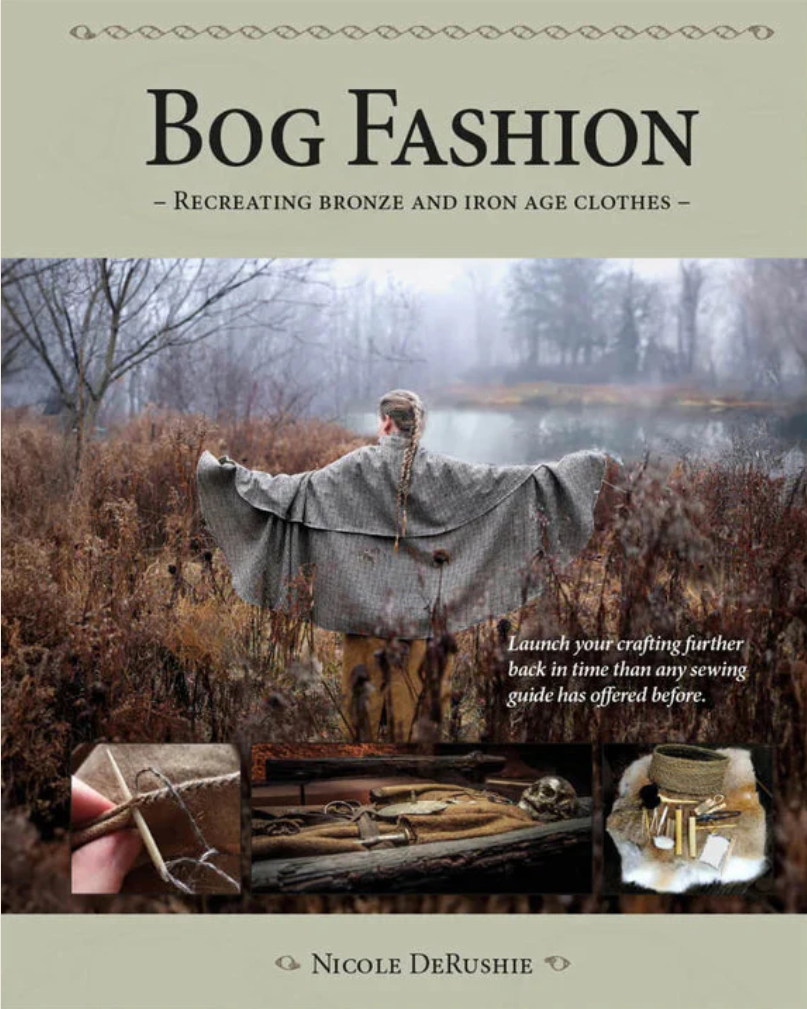
Bog Fashion: Recreating Bronze and Iron Age Clothes
by Nicole DeRushie
Publisher: ChronoCopia Publishing
Hardcover, 192 pages
Publication date: April 2025
Find a retailer here
Review by Karen Robinson
I heard about this book from the author, Nicole DeRushie, who has an article on lime bast in our forthcoming Plants issue (Autumn 2025), and as someone who is intrigued by textile history, I had to get my hands on it. (Thank you to the publisher for sending me a copy of the book for this review.)
Part history, part experimental archaeology, and part instructions and patterns, this book is a fascinating look at prehistoric textiles and clothing. As the author explains, it is “an introduction to the topic of Bronze and Iron Age fashion, rather than an exhaustive study.” The book sets the scene for textile study of these early periods in Northern and Western Europe (roughly 2500 BCE through 800 CE). In particular, it looks at textiles that have been found in bogs, whose conditions preserve the fabric, and provides specific examples from cloth fragments to entire articles of clothing that have been found, with accompanying photos of the actual items and how they might have been worn.
After providing the historical information, the book moves into considerations for readers who want to recreate these prehistoric garments, including specific questions to ask for your projects and the level of historical accuracy you desire. It covers fibers used and colors that would have been available, either as natural fibers or through dyeing. You’ll also find information about specific plants used to dye various colors as well as instructions for dyeing with walnuts (no mordant needed). In addition, the book contains instructions for creating pins from blackthorn, making bone needles, and using various stitching techniques.
The patterns themselves each start with the archaeological evidence for that specific pattern and include a pattern authenticity section with information based upon your chosen time period for appropriate fiber content, colors, and weaving patterns. The instructions cover a list of materials, the shaping or cutting of the fabric, and the stitches to use for seaming and hemming. Illustrations and schematics are included as well as close-up photos of details.
This book packs a lot of information into its pages, and although the author says it doesn’t need to be read from front to back (you can skip around to whatever interests you), I did start at the beginning and read all the way through to the end. And I do recommend that to other readers as well because you get so many small nuggets of interesting detail that you don’t want to miss out on, whether you are planning to create your own clothing or not.
The book does not contain any specific spinning or weaving instructions, though it does mention that you can spin and weave the fabric for the clothing. For weavers, the specific weave structure is often mentioned in the examples, so you should be able to use the information provided to create your own cloth.
Although this book is aimed at crafters who want to reproduce clothing from the Bronze and Iron Ages, readers who are not interested in making these garments themselves will still find a lot of interest in the pages of this book. The book is geared to the enthusiast rather than the expert, so you don’t need any previous knowledge about these textiles or this time period to enjoy it. So if you want to learn about the kinds of historic garments worn during this time as well as the process archaeologists use in textile studies, check out this fascinating book.
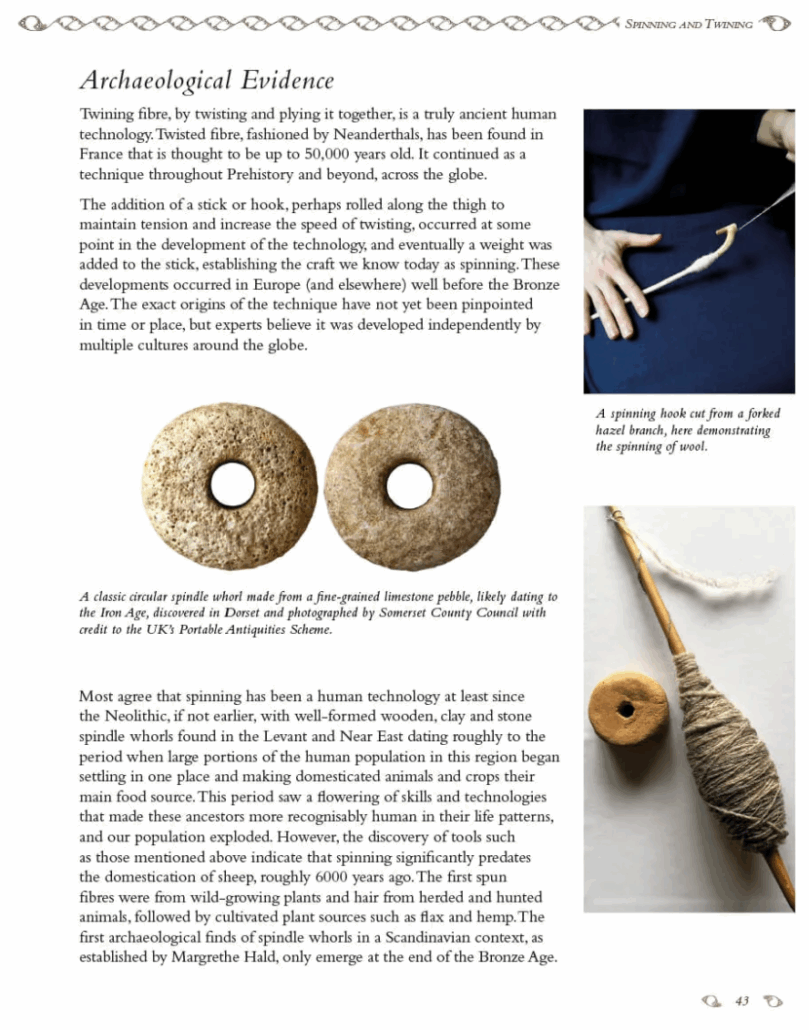
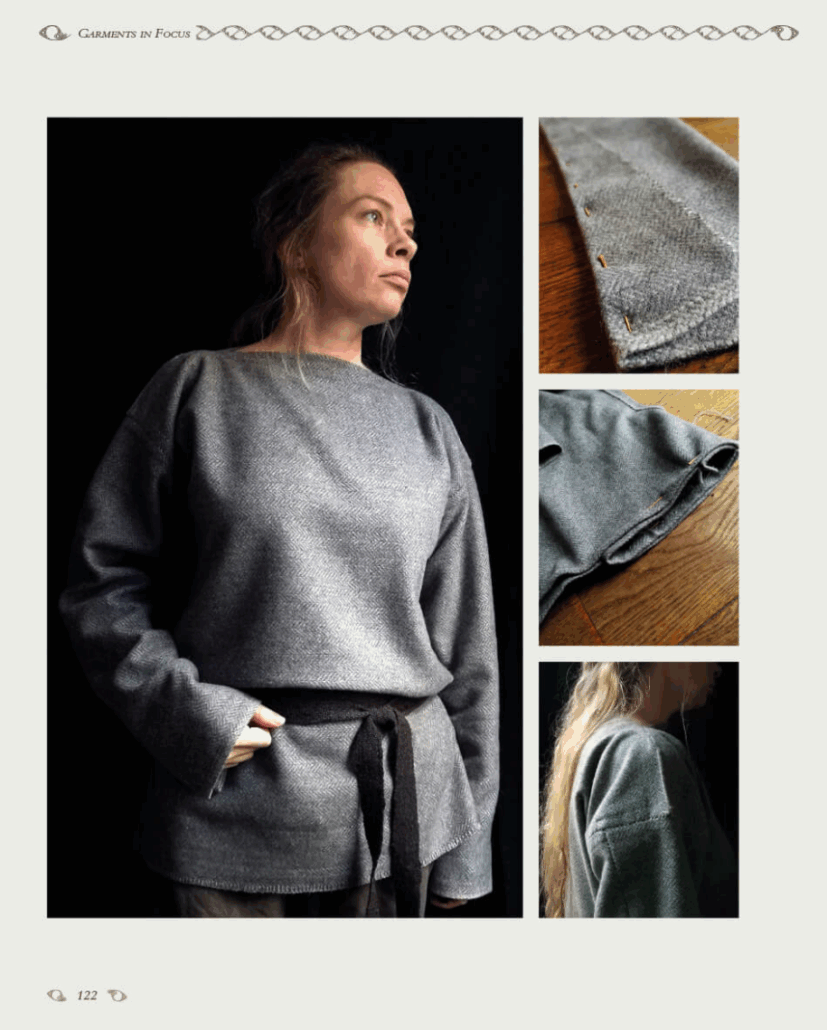


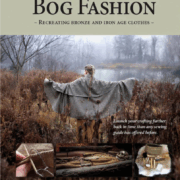
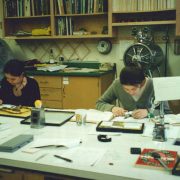
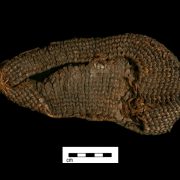
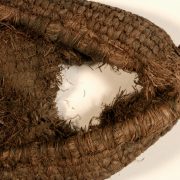

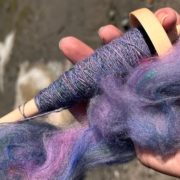


Leave a Reply
Want to join the discussion?Feel free to contribute!